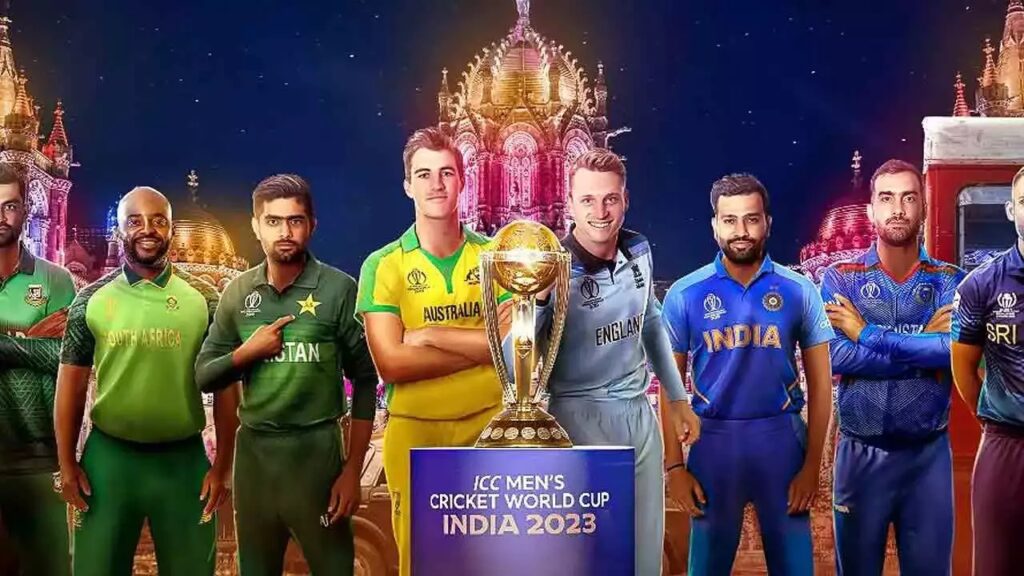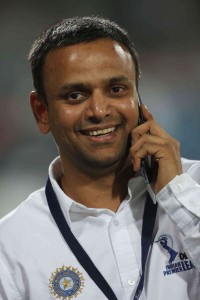- A confession, to begin with, I am a reformed cricketing aficionado. Namely, I don’t follow the sport as it is now. To be honest, I don’t think there is much sport left in the way cricket is played now.
India is hosting the biggest cricketing spectacle in the world — the ICC World Cup. The last time it was held in India, back in 2011, we also won it. Remember, the Tendulkar being hoisted on the back of the teammates and being taken for a round of Wankhede moment. Coming back to 2023, the way things are progressing at the moment, there is every chance that India will be holding the cup again. Though I doubt, if the team will be hoisting Rohit on their shoulders’, he is not all that fluffy afterall.
Winning the World Cup should be an exciting thing. The prospect of winning the cup in front home crowds cheering “Jai Shri Ram“? A real moment of history? India reaching the cricketing pinnacle, yet again?

It would have been wonderful and great indeed, except for the fact, that we seem to be undergoing a cricketing-withdrawal of sorts. One days are no more as exciting as they used to be.
Forget the stadiums with empty seats, there is almost no buzz on the streets, no passionate discussions at coffee stations or exchange of notes at grocery stores. People are not thronging outside electronic shops to see the matches on the big TVs there. You might argue that they are watching it on the mobile screen. Well, they might be, but they certainly are not discussing or debating matches or stats, like it used to be in the past.
All in all, this is the most thanda cup that I have ever seen. The boringest of all. In fact, the cup is so thanda this time, that you could possibly serve vanilla ice cream in it — plain and cold.
There are essentially two reasons why ICC World Cup 2023 is not working. I am sure everyone kind of knows it, but let me state it nevertheless.
Primarily – an overkill of cricket.
Back in the days, when I was a kid, we were often warned against doing too much of the same thing. If you eat the same thing over and over, you will lose interest. If you play the same game over and over, you will get bored. Moderation apparently was the secret to enjoyment. Cricket a decade back, before an abomination named T20, used to be a sport that was rather sparingly played. A one-day or test series would be like an Aamir Khan film, you would have to wait long for it to happen, even though it was a dud. But nowadays, cricket is more like an Akshay Kumar franchise, it doesn’t matter if the series fails or fails miserably, the next one is just round the corner. The top guys at the ICC in their fascination to earn money, are scheduling one series, one tournament, after the other. So, if India loses to England today, no big deal, we will get a chance to extract revenge next fortnight.
Continue reading

 long line of innovations that the league has pioneered from the start. We did a calculation last year and 100 per cent matches went over an hour beyond their schedule time. It was just one delayed game after another and this inspite of the fact that we had enforced extremely high penalties. What we discovered then was that a majority of the time teams were ready to pay the money because the coaches and captains/players were consulting one another as the playing situations evolved on-field to fine tune their strategies. It is because of this discovery that we attempted to innovate with this new ‘strategy break’ at the end of 10 overs.
long line of innovations that the league has pioneered from the start. We did a calculation last year and 100 per cent matches went over an hour beyond their schedule time. It was just one delayed game after another and this inspite of the fact that we had enforced extremely high penalties. What we discovered then was that a majority of the time teams were ready to pay the money because the coaches and captains/players were consulting one another as the playing situations evolved on-field to fine tune their strategies. It is because of this discovery that we attempted to innovate with this new ‘strategy break’ at the end of 10 overs.